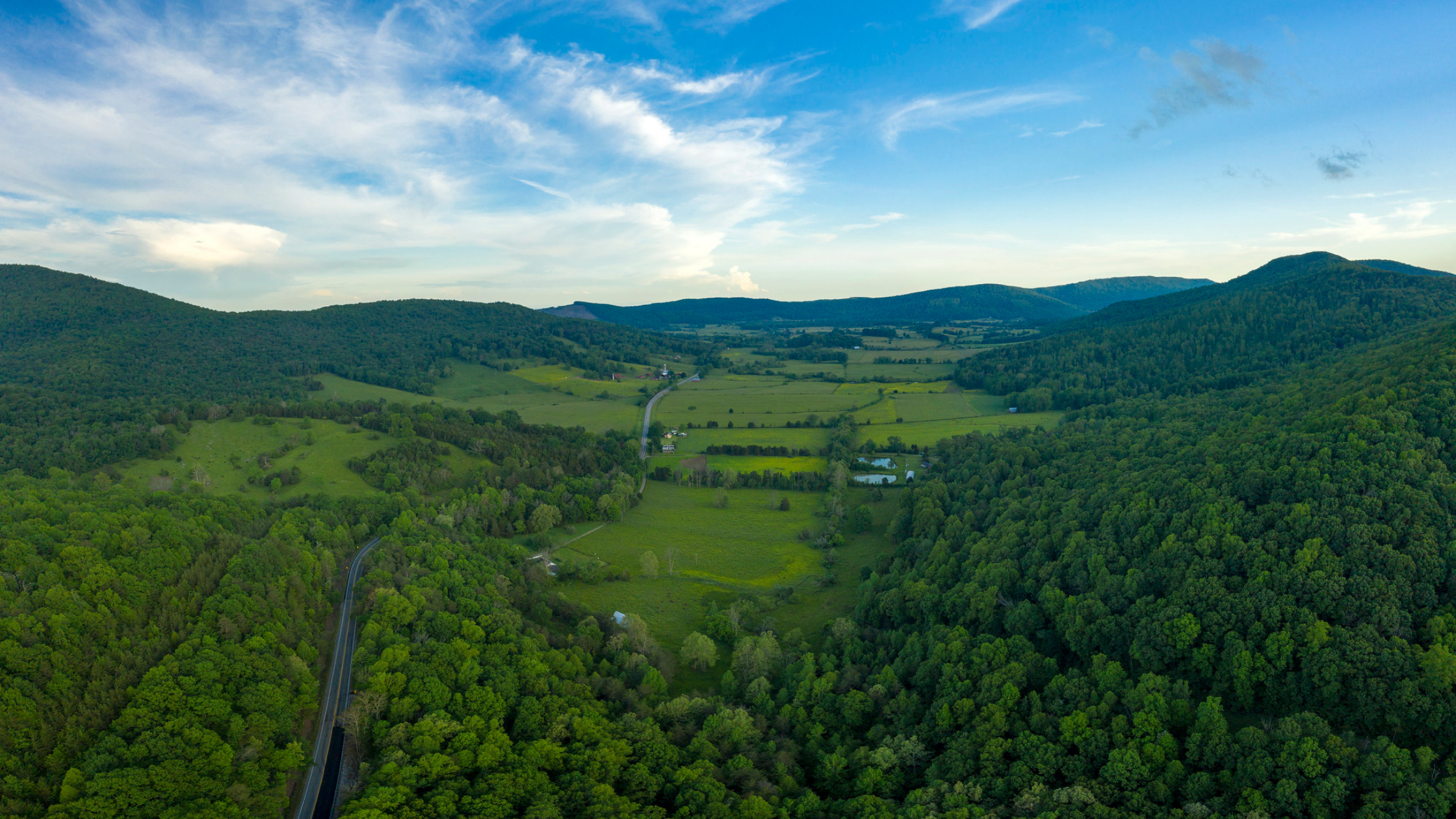Guest post by John Fenderson, TennGreen Land Conservancy Board Member
Regenerative Agriculture is a sustainable land practice that can be effective in building resilience in agricultural food systems. Essentially, the process enhances ecosystem services and biodiversity as well as enriching soils and improving watersheds. Although there is an absence of an agreed-upon and clear definition, in the general sense, markers for what comprise the term include the impacts and outcomes. These markers are the two pillars upon which the practices of reduction or elimination of tillage, integration of livestock, the use of cover crops, and the aversion to synthetic pesticides and fertilizers rests.
The ecosystem service that stands out is the sequestration of carbon, which is a major strategy in slowing the rate of change of the earth’s climate, that will, in turn, maintain biodiversity as we fulfill one of Maslow’s hierarchy of needs: feeding ourselves through the practice of agriculture to sustain human existence. Improving soil health, by extension, occurs through the addition of carbon to the soil and subsequently increases biological productivity over the long haul.
It is in this context that a working farm conservation easement with a focus on regenerative agriculture envelopes all of the desired long-term impacts and outcomes on a particular property. It represents an intergenerational compact that, while preserving and protecting the land, a slew of ecosystem services are enhanced, creating soil wealth—a storehouse of biological capital that can sustain a community and its social fabric.
In the end, it is, therefore, most important that the focus rests on impacts and outcomes resulting from the abovementioned practice pillars. Natural pest control, the integration of compost and crop residues, and intercropping are all significant contributors to improved water health (hydrology, storage, pollution reduction) and the improvement of the nutritional quality of the food produced. This, in turn, fortifies crop resilience and food security, creating greater social and economic wellbeing.
Ultimately, realizing the multilayered benefits generated from an efficient reduction of inputs and waste through a circular system is a value proposition that cannot be understated. This will yield returns for generations to come that transcend the tax benefits of the easement itself.
 John Fenderson has over 25 years of experience in forestry and the environmental arena. He is a managing partner with Hatchie River Co., LLC, and is a Fellow at Croatan Institute. In addition to serving on TennGreen’s Board of Directors, Mr. Fenderson currently serves on the boards of the Tennessee Environmental Council, the Forest Stewards Guild, and the Forest Stewardship Council – U.S. Read his full bio HERE.
John Fenderson has over 25 years of experience in forestry and the environmental arena. He is a managing partner with Hatchie River Co., LLC, and is a Fellow at Croatan Institute. In addition to serving on TennGreen’s Board of Directors, Mr. Fenderson currently serves on the boards of the Tennessee Environmental Council, the Forest Stewards Guild, and the Forest Stewardship Council – U.S. Read his full bio HERE.
Top photo: Grassy Cove in Cumberland County. Surrounded by Black, Brady, Brown, and Bear Den Mountains, Grassy Cove’s pastoral farmland is one of the largest sinkholes in North America. TennGreen helped to conserve lands along Black, Brady, and Bear Den Mountains, all now a part of the Cumberland Trail. Photo by Chuck Sutherland.

